Understanding Vertical Ecology Through Art
The forest holds a world within its vertical layers—a story that begins beneath our feet and stretches skyward to the sunlit canopy. The Forest Floor to Canopy Sketch Challenge invites artists, naturalists, and creative explorers to visually narrate this ascent through drawing. From tangled roots and mycelium networks to soaring treetops and feathered wildlife, every layer of the forest contributes to its quiet orchestration.
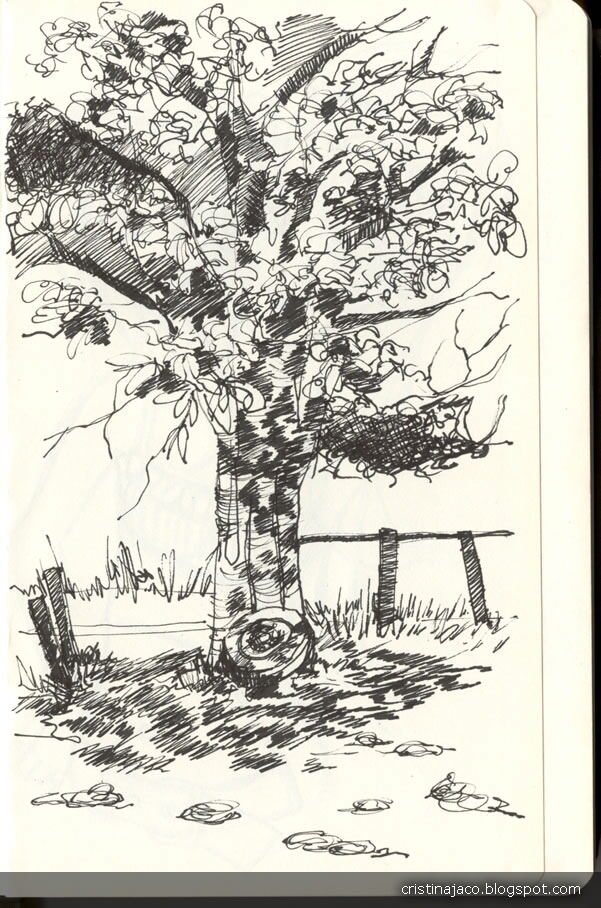
credit: CRISTINAJACO
This challenge isn’t about perfect realism—it’s about observation, immersion, and expression. It’s a chance to map the forest’s anatomy from the ground up while connecting with the textures, shapes, and transitions found in vertical nature.
Forests are structured ecosystems, with each level offering distinct forms and functions. By sketching this hierarchy, you gain insight into ecological relationships while building artistic fluency in shape, line, texture, and composition.
Artists can approach this challenge with a lens of curiosity, using drawing to explore:
- How the forest floor supports life and nutrient cycles
- The trunk and understory as climbing paths and shelters
- The canopy’s sunlight, movement, and open space
This vertical narrative brings awareness to the roles of roots, stems, branches, and leaves—and how they interconnect to form one living system.
Forest Layers
What to Include in Your Sketch
Sketchbooks.org | VISUAL RESEARCH HUB
Forest Drawings
Visual research is critical for any creative endeavor. We have compiled specialized links to lead you directly to images, videos, and inspiration for "Forest Drawings" across the web's best visual search platforms.
Forest Floor
The forest floor is dark, dense, and alive with decomposition. It’s the base layer where nutrients recycle, and much of the ecosystem begins. Draw details like:
- Exposed roots, tangled and anchoring
- Leaf litter, bark fragments, and broken twigs
- Fungi, mosses, and creeping mycelium lines
- Insects and soil-dwelling creatures
Pay attention to overlapping forms, organic textures, and how low light affects contrast.
Trunks and Understory
Tree trunks rise from the ground, forming vertical pathways that lead upward. They’re host to layers of bark, climbing plants, and shelters for animals. Sketch elements such as:
- Bark patterns—rough, flaky, smooth, scarred
- Vines and lichen spreading across the surface
- Mid-layer branches with squirrels, birds, and nests
- Shrubs and small trees forming the understory
Here, line work and shading can suggest volume, material, and surface tension.
Midstory and Wildlife
Between trunk and canopy lies the midstory—interconnected branches, layered leaves, and diverse life forms. Include:
- Intersecting branches and leaf clusters
- Perched birds, flying insects, curious mammals
- Repetition in foliage patterns
- Light filtering through breaks in the foliage
This part of the sketch benefits from varied mark-making to imply motion, density, and subtle color transitions.
Canopy
The canopy is a bright, open roof of leaves catching sunlight and wind. It’s where energy enters the system and flight begins. Sketch elements might include:
- Overlapping leaves—light and airy or dense and solid
- Flying creatures: birds, butterflies, bats
- Sky peeking through gaps in the canopy
- Lightplay: dappled shadows, golden hues, mist
Use gentle gradients, implied lines, and open compositions to suggest expansiveness and lightness.
Why Participate in This Sketch Challenge
Engaging in the Forest Floor to Canopy challenge supports artistic growth and ecological awareness. Whether you’re an experienced illustrator or a curious beginner, benefits include:
- Improved observational drawing skills
- Connection to nature through slow looking
- Deeper understanding of forest structure
- Visual storytelling practice across scale and contrast
- Creation of a study piece for future artwork or design
It’s a chance to capture the feeling of standing within a living forest—not just looking at it.
Sketching Techniques to Enhance Vertical Storytelling
A vertical forest sketch can be organized in many ways. You can try:
- A cross-sectional slice, layer by layer like geological strata
- A spiraling tree composition, showing life ascending along the trunk
- A continuous scroll, where the viewer travels upward through drawing
Techniques to incorporate include:
- Textural variation: Use hatching, stippling, and line weight to show surfaces
- Tone and contrast: Dark at the base, gradually lighter near the canopy
- Perspective management: Use vertical exaggeration to enhance height
- Shape repetition: Establish rhythm across layers using leaf or bark motifs
Your sketch doesn’t need to be symmetrical or technically perfect—it just needs to communicate nature’s quiet transformation from ground to sky.
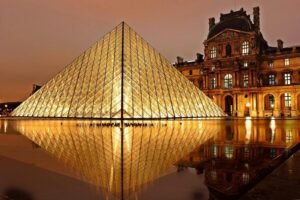
Sketchbooks.org | TRADITIONAL MATERIALS
French Art Supplies and Sketching Styles | Every Artist Should Know
How French Art History Shaped Modern Sketchbook Culture France has long been a crucible of artistic innovation, from the grandeur of the Renaissance to the radical brushstrokes of Impressionism. But beyond the gallery walls and...
Frequently Asked Questions
What is the Forest Floor to Canopy Sketch Challenge?
It’s a creative prompt encouraging artists to sketch vertical layers of the forest from ground level to treetop, focusing on natural structure and life.
Do I need to draw the whole forest?
No, the challenge emphasizes a focused vertical story—you can isolate one tree, one vertical segment, or a full layered composition.
Can I use digital tools for this challenge?
Yes, both traditional and digital media are welcome. Choose whatever helps you express texture, form, and light effectively.
What kind of reference should I use?
You can use on-site observation, forest photos, or imagined elements inspired by ecosystems. Real-life observation enhances accuracy.
Is this challenge suitable for beginners?
Absolutely. Beginners benefit by learning to organize visual space, observe nature closely, and develop sketching confidence.
What should I focus on in each layer?
Focus on texture and detail in the forest floor, structure and rhythm in trunks, movement and light in the canopy.
Do I need scientific accuracy?
Artistic interpretation is welcome. While observational accuracy helps, expressive or abstract sketches can still convey the forest’s essence.
How long should I spend on this sketch?
Spend as much time as you need. Even a 15-minute daily sketch builds skill and deepens connection to the theme.
Can I combine elements from multiple forests?
Yes. Mixing features from temperate, tropical, or boreal forests can help convey diverse vertical ecosystems.
Is this challenge only for naturalists or landscape artists?
Not at all. Anyone interested in drawing nature, texture, or vertical composition will find value in this practice.
Final Thoughts
The Forest Floor to Canopy Sketch Challenge is more than a drawing exercise—it’s an invitation to notice, celebrate, and narrate the life within vertical ecosystems. Each layer holds hidden systems, forgotten forms, and dynamic textures waiting to be captured in ink, graphite, or stylus strokes.
Whether you’re sketching tangled roots or sunlit leaves, you’re giving voice to the unseen choreography of the forest. It’s a practice of mindfulness, connection, and discovery.
Let your pencil wander from soil to sunlight—and let the forest unfold in your lines.

credit: SANTIAGORIOS
Ready to Share Your Work?
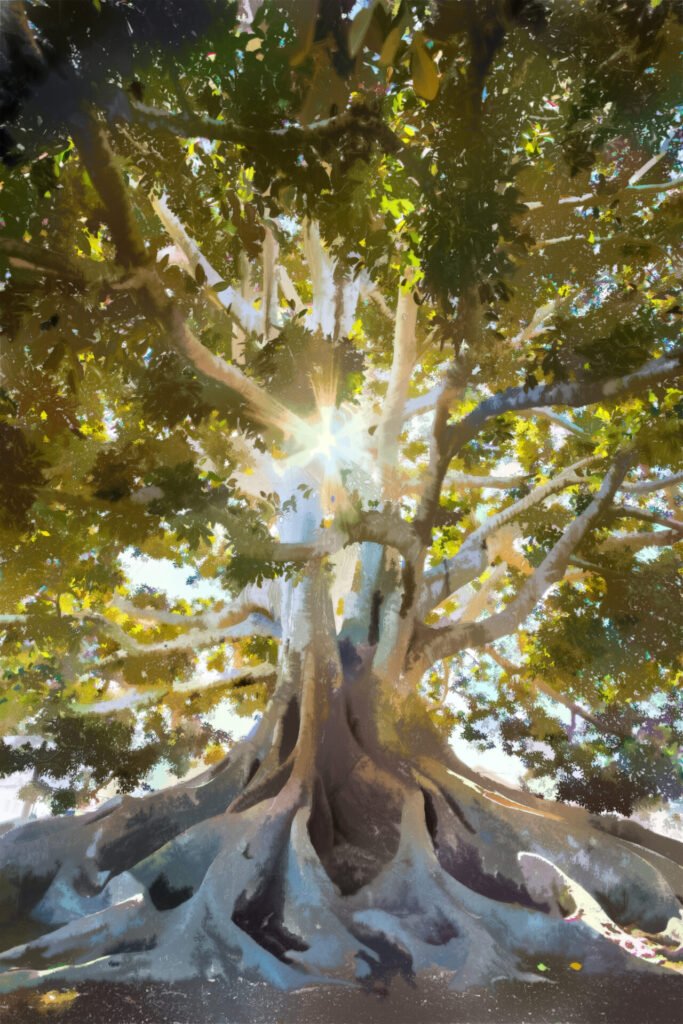
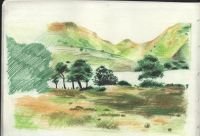
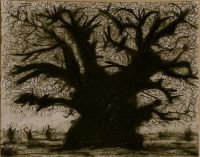
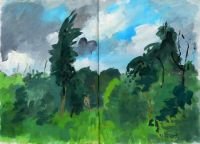
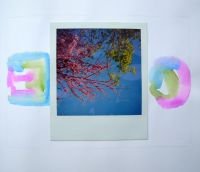
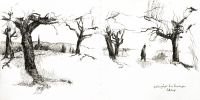
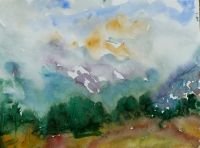
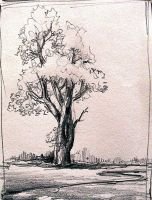
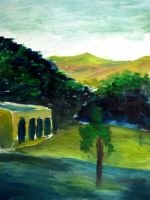
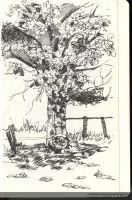
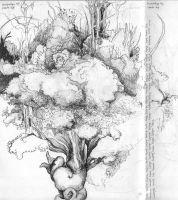
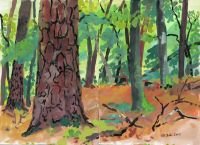


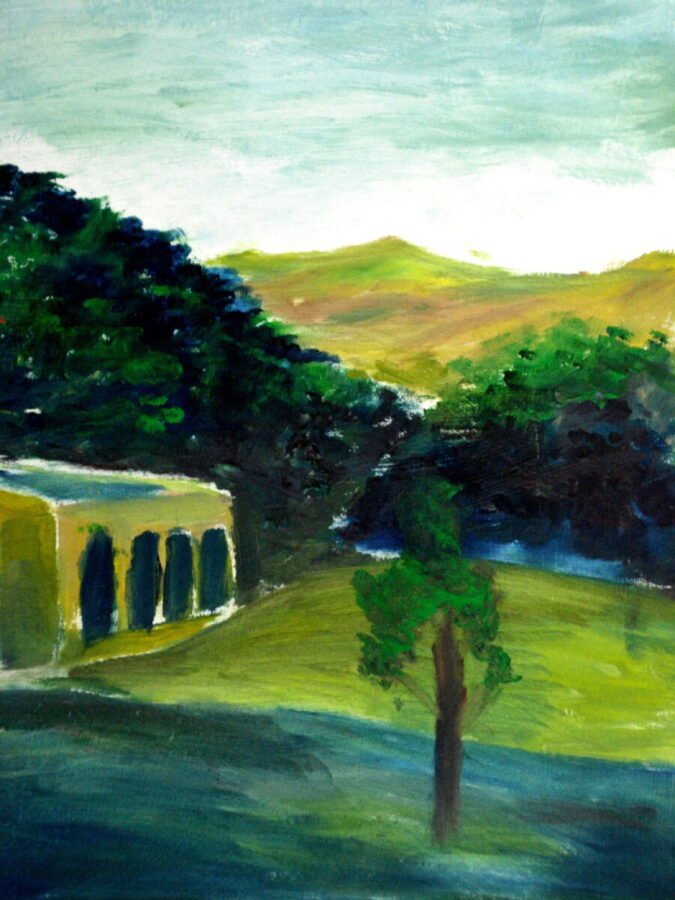
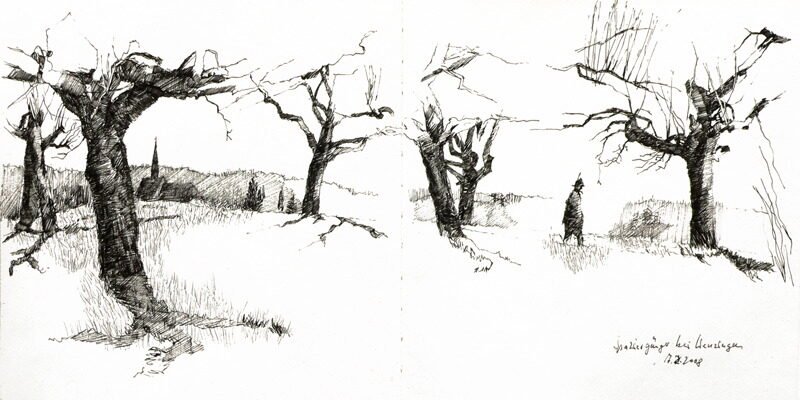


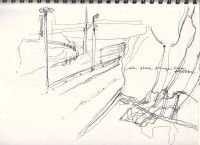
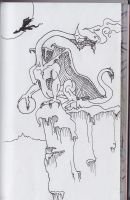

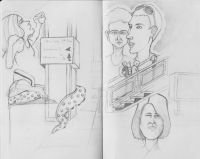
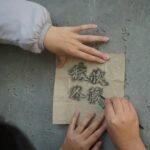
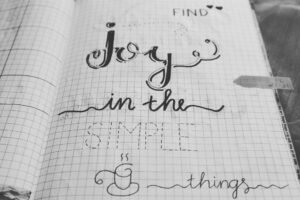

I like it when nature meets city, the contrast between buildings and foliage.
Not too many trees or forests around me… guess I can imagine it. Thats what sketchbooks are for!